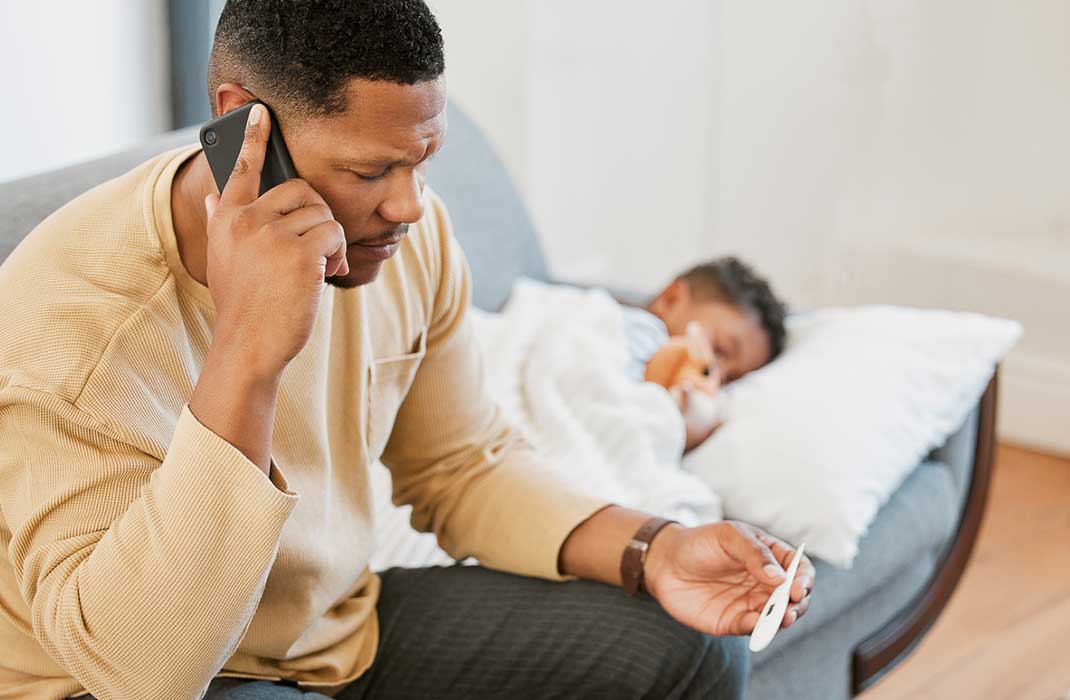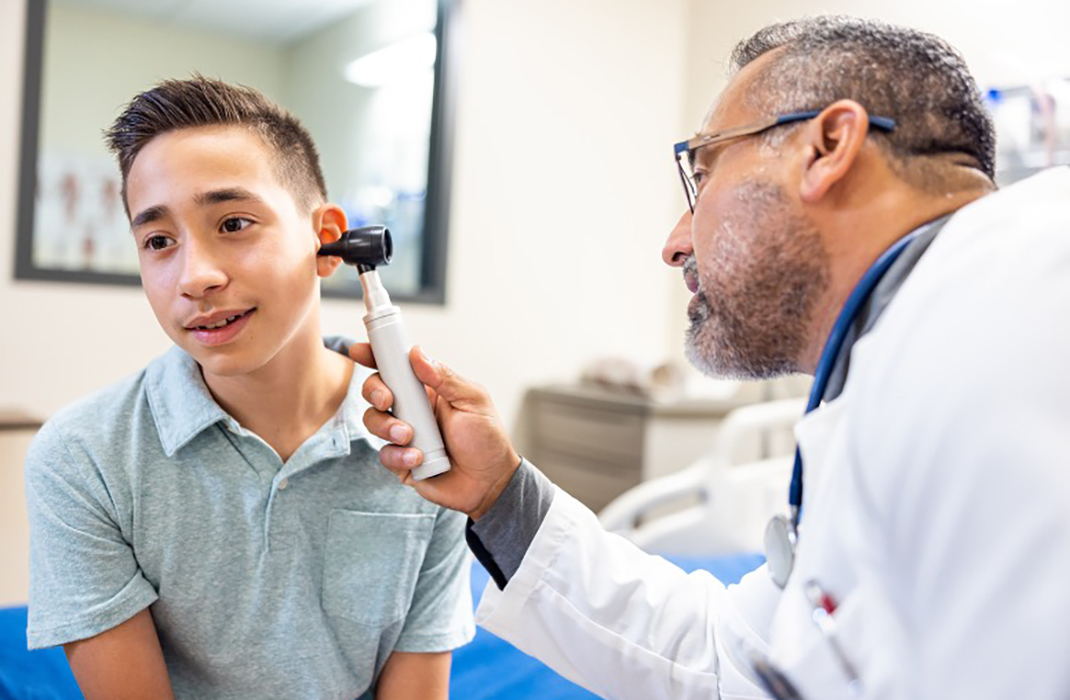-
- Find Care
-
- Visitor Information
- Find a Location
- Shuttles
- Visitor Policies
-
-
- Our Virtual Care Options
- Virtual Urgent Care
- Virtual Visits for Primary & Specialty Care
- Online Second Opinions
- Participate in Research
-
- Contact us
-
- For Innovators
- Commercialization Guide for Innovators
-
-
- Research News
- Alzheimer's Disease
- Artificial Intelligence
-
- Overview
-
- Overview
- Getting Started
- New to Mass General Brigham
- International Patient Services
- What Is Patient Gateway?
- Planning Your Visit
- Find a Doctor (opens link in new tab)
- Appointments
- Patient Resources
- Health & Wellness
- Flu, COVID-19, & RSV
- Billing & Insurance
- Financial Assistance
- Medicare and MassHealth ACOs
- Participate in Research
- Educational Resources
- Visitor Information
- Find a Location
- Shuttles
- Visitor Policies
- Find Care
-
- Overview
- Our Virtual Care Options
- Virtual Urgent Care
- Virtual Visits for Primary & Specialty Care
- Online Second Opinions
-
- Overview
- Participate in Research
-
- Overview
- About Innovation
- About
- Team
- News
- For Industry
- Venture Capital and Investments
- World Medical Innovation Forum (opens link in new tab)
- Featured Licensing Opportunities
- For Innovators
- Commercialization Guide for Innovators
- Contact us
-
- Overview
- Information for Researchers
- Compliance Office
- Research Cores
- Clinical Trials
- Advisory Services
- Featured Research
- Two Centuries of Breakthroughs
- Advances in Motion (opens link in new tab)
- Brigham on a Mission (opens link in new tab)
- Gene and Cell Therapy Institute
- Research News
- Alzheimer's Disease
- Artificial Intelligence
-
- Overview
-
- Overview
- Residency & fellowship programs
- Brigham and Women's Hospital
- Massachusetts General Hospital
- Mass Eye and Ear
- Newton-Wellesley Hospital
- Salem Hospital
- Integrated Mass General Brigham Programs
- Centers of Expertise
- Global & Community Health
- Health Policy & Management
- Healthcare Quality & Patient Safey
- Medical Education
- For trainees
- Prospective trainees
- Incoming trainees
- Current trainees
- Continuing Professional Development
Urgent Care for Ear Infections

When you have ear pain, it can be hard to focus on anything else. Whether you have a young child battling their latest ear infection or a case of swimmer’s ear following a dip in the pool, Ronak V. Shah, MD, associate medical director of Mass General Brigham Urgent Care, gives guidance on when and where to seek treatment for ear pain.
Diagnosis and treatment of ear infections
If you have new ear pain, call your primary care provider (PCP). Many Mass General Brigham primary care practices for adults and children offer same-day, in-person, and virtual visits. If you don’t have a PCP or no appointments are available, Dr. Shah recommends going to urgent care.
If you have ear pain, health care providers use a device called an otoscope to check your ears. They use this tool during an in-person visit to view the ear canal and eardrum to identify sources of pain in your ear, including ear infections or earwax buildup. In some cases, clinicians may find:
A red, swollen, or bulging ear drum due to fluid buildup in the middle ear
Redness and swelling of the ear canal
Fluid or pus draining from the ear
“If a clinician finds any of those things, it may be that this has turned into a bacterial ear infection,” Dr. Shah says. “Especially in kids younger than 2, it's better to be on the safe side and be evaluated for infection.”
Common causes of ear pain
Causes of ear pain can include:
Infections of the inner or outer ear
Wax buildup
Skin infections
Foreign objects in the ear
Sinus infections
TMJ disorders (involving the temporomandibular joint of the jaw)
Ear infections also can cause other symptoms like:
Fluid drainage from the ear
Difficulty hearing or ringing in the ear
Middle ear infections (acute otitis media)
Middle ear infections are often caused by fluid buildup in the space behind your ear drum (tympanic membrane). This space connects to your sinus system through a channel called the eustachian tube. If the tube cannot drain the fluid properly, bacteria or viruses can accumulate and cause the infection.
“Most ear infections usually start with a viral upper respiratory infection, which affects your throat and sinuses. The inflammation from the infection can block or narrow your eustachian tube, which connects the middle ear to the throat and is responsible for equalizing pressure. If your eustachian tube cannot clear excess fluid from the middle ear, it increases the risk of bacterial infection,” explains Dr. Shah.
Children are especially prone to middle ear infections. “The tubes in their ears are narrower, which prevents the draining of mucus and fluid,” says Dr. Shah. “Kids with frequent ear infections will often age out of them, because the tubes widen as they grow.” If necessary, ear, nose, and throat doctors (ENTs or otolaryngologists) can insert a small tube into the ear drum to help with drainage. Eventually, the ear drum grows back together and the tube will fall out. “It’s a common and routine procedure,” he says.
Fluid in the ear (serous otitis)
Fluid can also build up behind the ear drum. This can be due to an acute infection or general congestion seen with viral infections or allergies. Generally, this resolves on its own with time, though sometimes surgical drainage with ear tube placement (myringotomy with tympanostomy) may be needed. Antibiotics do not help.
Swimmer’s ear (otitis externa)
Swimmer’s ear is an infection in your outer ear, in the canal in front of your ear drum. It’s often caused by moisture buildup in your ear, which then gets infected by bacteria or fungi. This can happen after spending time swimming in a pool. In-ear headphones also can cause this type of infection. Silicone earbuds can trap moisture in the ear canal that would otherwise clear up with open ventilation. To prevent this, Dr. Shah recommends avoiding extended use and cleaning headphones weekly with rubbing alcohol wipes. It’s important to avoid using earbuds during external or middle ear infections and ensure the infection has fully cleared before reuse.
Earwax buildup
If you’re experiencing muffled hearing and ear pain or pressure, it could be from earwax buildup. “This is why doctors say not to use Q-tips in your ears, because it can smush the earwax further in and create almost a little hockey puck of wax, which can then block hearing,” says Dr. Shah. Earwax buildup can also occur to a higher degree in individuals with seasonal allergies or eczema.
Problems with the outer ear
Piercings and scratches on the skin of the ear are also common sites of infection. “If you see redness, swelling, or notice pus coming out of the piercing or injury, it’s good to see a doctor in person to see if antibiotics should be prescribed,” Dr. Shah says. “If there’s a piercing involved, it might need to be removed.”
Foreign objects in the ear canal
Young children may wind up sticking small objects in their ears as they’re playing and exploring the world. A health care provider can help remove these objects safely and avoid damaging the ear drum.
Referred pain
Pain in your inner ear also may be caused by an injury or infection in another part of your body, such as:
TMJ disorders
Dental abscesses involving the back molars
Sinus infections that cause a buildup of pressure
When to go to the emergency room for ear pain
You should go to the emergency room for ear pain if it’s associated with:
A head injury
Trauma to the ear
Babies 3 months and younger should go to the emergency room for care if they have a temperature over 100.4°F (38°C).
Babies older than 3 months and other children should go to the emergency room if they have:
A temperature over 105°F (40.5°C)
A temperature over 102.4°F (39°C) that does not respond to fever reducing medication
Fever that lasts for more than 3 days
For the following symptoms associated with ear pain, call your PCP’s office first. If you do not hear back from your doctor’s office within 3 to 4 hours, go to the emergency room for ear pain if it’s associated with:
Stiffness in the neck
Sudden and painful hearing loss
A feeling of extreme sluggishness
A high fever that isn’t coming down with medication
Can ear pain be treated virtually?
For most cases of ear pain, seeing a health care provider in person is best so they can examine the inside of the ear. However, some conditions with ear pain can be treated with virtual care. For example, providers can virtually examine skin issues like sunburns or rashes on the outside of the ear using a webcam.
Another helpful option is Mass General Brigham Virtual Urgent Care. It’s open to all patients ages 3 and up, even if they haven’t seen a Mass General Brigham provider before. Both new and current patients can schedule a virtual urgent care visit for that day or the next day on Mass General Brigham Patient Gateway.

Contributor

Contributor
Related articles
-

published on
-

published on
-

published on
-

published on
-

published on
-

published on
-

published on
-

published on
-

published on